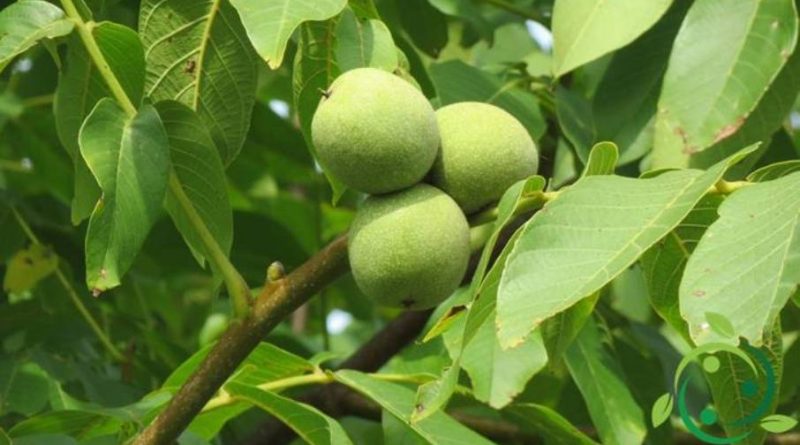How to grow walnuts in a biological way
How to grow walnuts in a biological way
The walnut (Juglans regia L.) is one of the oldest species of the Earth and its cultivation goes from the ornamental purposes, to the production of valuable wood or for the production of walnuts; in this little guide we see how to grow walnuts in a biological way.
For the cultivation of the walnut tree, please note that it prefers temperate climates with the possibility of optimal vegetation up to 800-1000 meters above sea level, a plant resistant to cold but little to late frosts, so temperatures already around -2 ° C during flowering (from April to May) can seriously damage the crop. For pollination, it is important to bear in mind that almost all the walnut varieties are self-fertile with mainly anemophilous pollination, given that this plant is not very visited by pollinators and other insects.
The ideal climate for the cultivation of this plant is the Mediterranean one even with high temperatures (but not above 38 ° C) and possibility of cultivation in hill areas or in the southern plains in large valleys.
From the pedological point of view the walnut requires medium soaked and loose soils, deep and fresh, especially rich in organic substance. It is a plant that suffers a lot of heavy, clayey soil and stagnant water and produces badly in drought soils. The most suitable pH for walnut plantation is between 5 and 7.
The walnut tree is planted in winter and besides providing in the planting phase to the addition of mature manure or other organic substance, it is appropriate to periodically reintegrate the equipment in fertilizers using techniques of green manure to supplement periodic letamations, to be carried out always towards the end of the winter period.
The sixth of a walnut plant, for income crops, can range from 6 x 7 to 8 x 8; some adopt for the purpose of income much more dynamic sixths. On the other hand, it is interesting to associate with a broader sixth some herbaceous or even vegetable crops that contribute to a significant integration of income allowing the nut to take advantage of the fertilization of these plants. In addition to the green manure, rotations of vegetables, legumes and other herbaceous plants can also be used, which must be compatible with other agricultural operations of the nut, especially the walnut harvest that takes place every year between the month of September and the month of November. For the pruning technique, see the following sheet.
Clearly after the first years the increase in shading requires the cultivation of crops that require less sun exposure. If the walnut tree is cultivated in deep soils it does not require any irrigation, especially from 3-5 years onwards.
Among the varieties of nuts the best known are: Sorrento (among the most widespread), Lara, Fraquette and others, among which Malizia and Cervinara, excellent for the warmer climates, and various clones of Bleggiana and Feltrina.
Among the diseases we remember above all the bacterial ones like Xantomonas and fungal diseases like the Apical Brown Necrosis caused by Gusarium spe, Alternaria sp and Anthracnose; in this regard, we do not want to use the Bordeaux mixture to start thinking about products based on lecithin and the use of horsetail, which is a fungicide, with excellent insecticidal properties.

